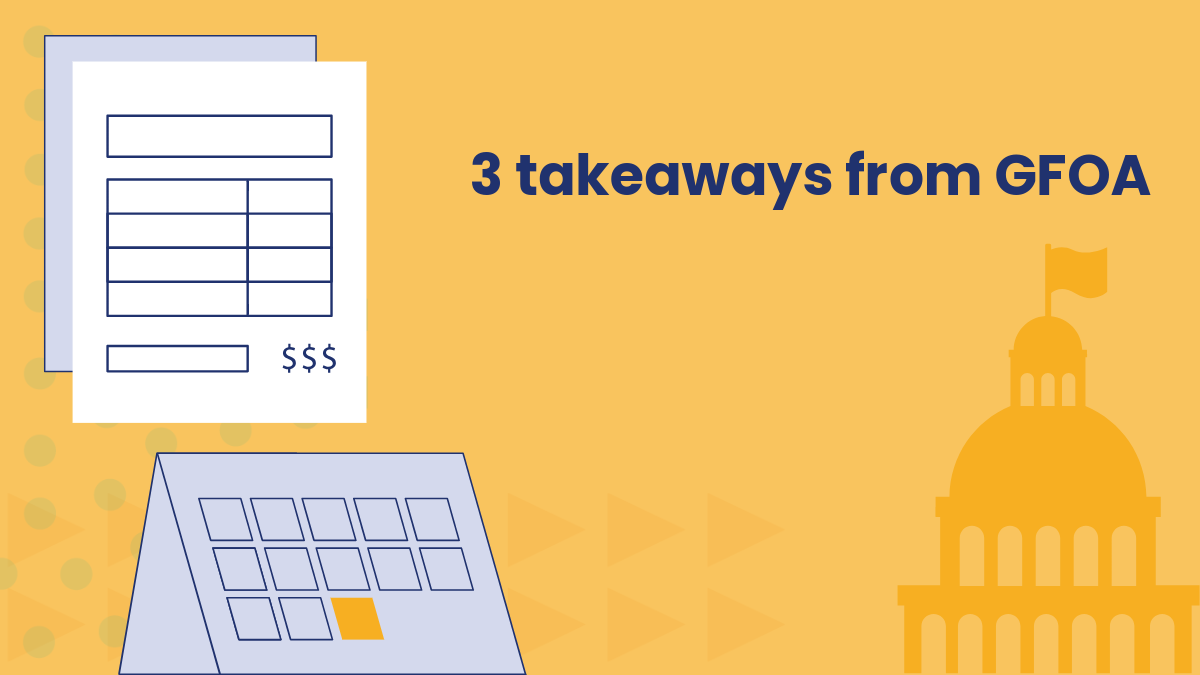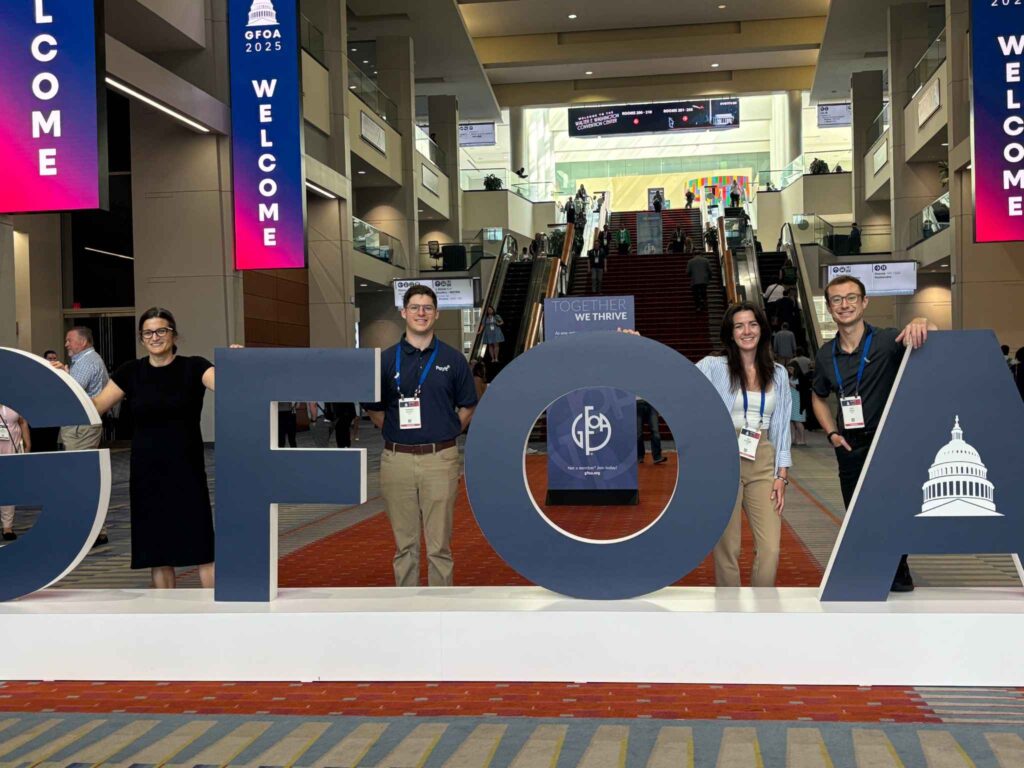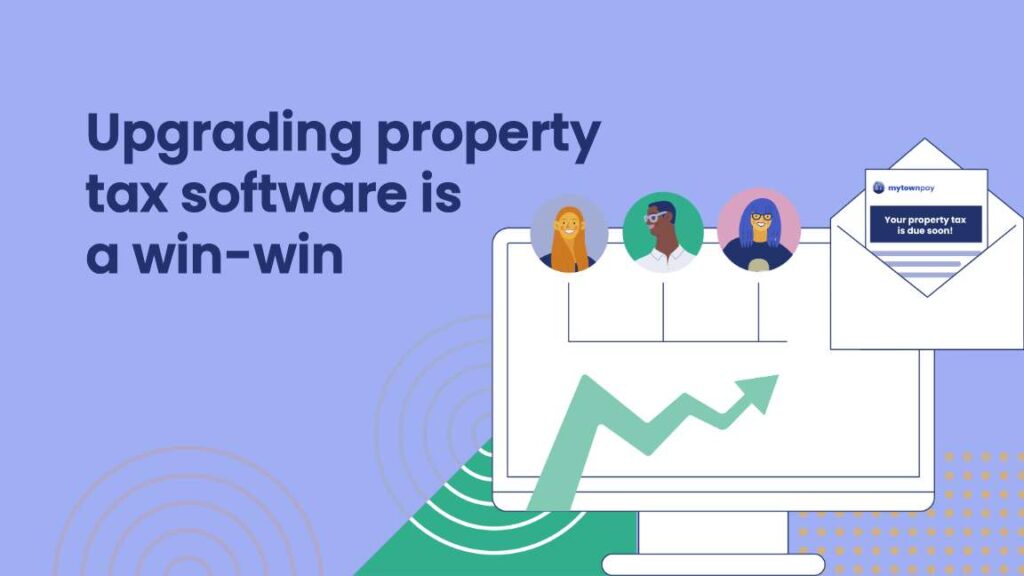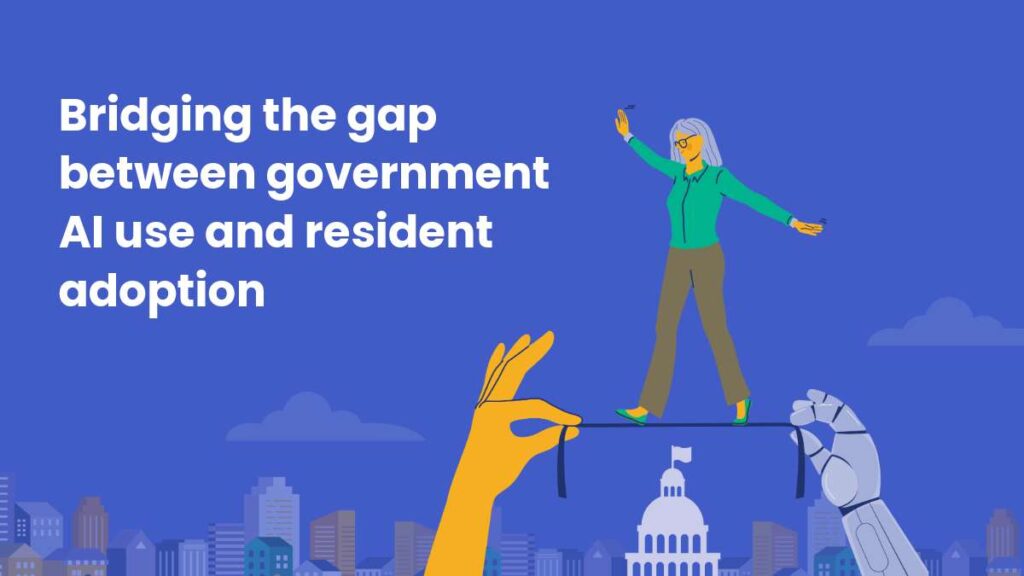2025 GFOA National event: 3 practical takeaways

We just returned from the Government Finance Officers Association’s (GFOA) 119th Annual Conference in Washington, DC. The conversations among government finance leaders didn’t focus on flashy promises, but instead, on what works.
From making reconciliation easier to finding momentum for delayed modernization efforts, it’s clear that practical, people-first strategies are leading the way. Here are three themes that stood out at the 2025 GFOA National event, along with a few ideas to keep the progress going:
1. Reconciliation shouldn’t be this hard
Many finance teams are still managing separate systems for courts, utilities, taxes, and other revenue streams. That means hours spent reconciling across platforms, chasing data, and double-checking figures.
One takeaway we heard again and again: It’s time to make this easier. Cities, counties, and states are looking to reduce manual work by centralizing payment information and improving data visibility. When systems connect, teams get back valuable time and reduce errors.
The low-hanging fruit
Identify one area where reconciliation is especially time-intensive. Document the current process, then explore how a unified view or automation could remove steps. Even a targeted improvement here can reduce workload and demonstrate value quickly.
2. Modernization may be paused, but it’s not forgotten
With tight budgets and competing priorities, many agencies have put digital initiatives on hold. But the need for modernization is still urgent, especially as residents expect consumer-grade experiences from their governments.
At GFOA, finance officers talked about how to move forward incrementally. Modernization doesn’t have to be an all-at-once investment. Focused improvements like digitizing a manual workflow or cleaning up the look and feel of a resident-facing form can drive efficiency and reduce pressure on staff.
The low-hanging fruit
Choose one process that affects both internal teams and the public, such as payment intake or refund processing. Look for steps that can be automated or simplified. These smaller wins can help build momentum and support for longer-term plans.
3. Good data drives better decisions
As demands on finance departments grow, access to accurate, real-time data is critical. Whether it’s for budget forecasting, audit prep, or performance reporting, finance leaders need tools that bring together the full picture.
At the conference, we heard strong interest in solutions that consolidate financial data and provide a single source of truth. The goal is clear: enable faster decision-making, improve transparency, and reduce reliance on manual tracking.
The low-hanging fruit
Begin with a single high-impact data set, such as revenue or collections. Standardize the format, centralize access, and consider dashboard tools to improve visibility. These steps can lay the groundwork for deeper integration and stronger reporting over time.

Final thoughts from the ground at the GFOA National event
Finance leaders are prioritizing practical improvements that reduce manual work, improve visibility, and serve their communities better. If your team is exploring ways to move forward, whether it’s simplifying reconciliation, modernizing resident experiences, or connecting data, we’d love to help. Get in touch to see how PayIt can support your goals with tools that work today and scale for tomorrow.
Looking for more content?
Get articles and insights from our monthly newsletter.




